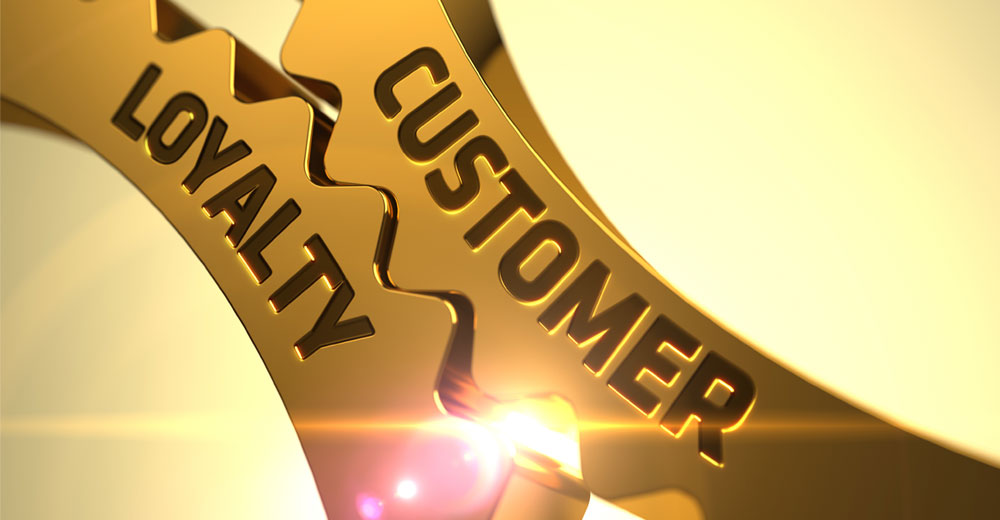Membership in loyalty programs grew by 15 percent this year to 3.8 billion, according to the recently published 2017 Colloquy Loyalty Census Report.
The growth rate recorded in the 2015 loyalty census, when membership stood at 3.3 billion, was 26 percent.
Growth has slowed because the United States is a maturing market, said Melissa Fruend, author of the report.
Mergers and acquisitions in the grocery sector, which saw memberships plummet 24 percent from 188 million to 142 million, were another factor.
However, the financial services sector is growing strongly, mainly due to cash-back incentives. Membership is 664 million compared with 578 million in 2015.
The retail sector, with 1.6 billion reward program memberships, dominates the field. The travel and hospitality sector comes next with 1.1 billion memberships.
One of the most dynamic sectors is the other/emerging sector, covering online-only offerings, entertainment, daily deals, point aggregators, and card-linked offers. With 462 million members, this sector makes up about 12 percent of the total membership market, according to the report.
What Drives Members
Emotion was the biggest driver across all groups represented in the census, with loyal customers most often choosing “I love the brand/retailer/service” as their main reason for participating.
Other findings:
- 53 percent of consumers identified ease of use as the main reason for participating in a loyalty program;
- 39 percent cited great discounts as the reason;
- 37 percent cited ease of understanding the program;
- 57 percent said they abandoned a program because it took too long to earn points or miles, and
- 51 percent said they trusted loyalty programs with their personal data.
“A bad structure can impact any sector,” Colloquy’s Fruend told CRM Buyer. “As a guideline, if your best customer can’t earn a program’s lowest-level reward in three to six months, your model is broken. Why would they stay around?”
As for ease of understanding, “the single biggest problem is when the consumer doesn’t understand the program value proposition,” said Freund — that is, “what’s in it for me?”
Another problem arises when the experience isn’t seamless, such as when a brand puts too much onus on customers to notify them that they’ve made a purchase, for example.
Still, business is good.
“Anything that sees double-digit growth is very healthy,” noted Michael Jude, a research manager at Stratecast/Frost & Sullivan.
Must Work Harder
Retailers have to step up efforts to attract and retain loyalty program members, Fruend suggested.
This applies to “all loyalty programs, in-person and online,” she added.
Meanwhile, brands must optimize the overall experience for their best customers by creating more personalized and relevant experiences for their best customers.
“Do loyalty with the customer, not to the customer,” Fruend suggested. “Utilize data to serve the customer by sending relevant offers and communications. Also, consider offering rewards that are experiential instead of discount-driven.”
People say they want a discount, “but what they really want is an experience. Experiences translate recognition better than discounts,” Fruend remarked.
The Problem of Plenitude
“One significant barrier to loyalty program adoption is that there are simply so many of them,” Frost’s Jude told CRM Buyer. It isn’t practical for the average consumer to keep track of all the loyalty programs they might be a part of.”
Further, loyalty gets diluted when customers join a number of loyalty programs.
Joining a loyalty program “doesn’t always indicate online loyalty,” suggested Paula Rosenblum, a managing partner at RSR Research.
“It indicates some kind of perk or other reason to sign up,” she told CRM Buyer.
How Online Businesses Can Improve Loyalty
Implementing big data systems might help online businesses improve customer loyalty, Frost’s Jude suggested.
“If you have a great deal of telemetry on your customers and can tailor specific offers based on their buying habits, credit history, and so forth, you can improve their satisfaction and increase sales,” he explained.
Amazon used to give customers a freebie at the end of the year, Jude recalled. “I had the option of getting my books at a local bookstore, but after the first year with Amazon, I wanted to get more coffee mugs.”

























































